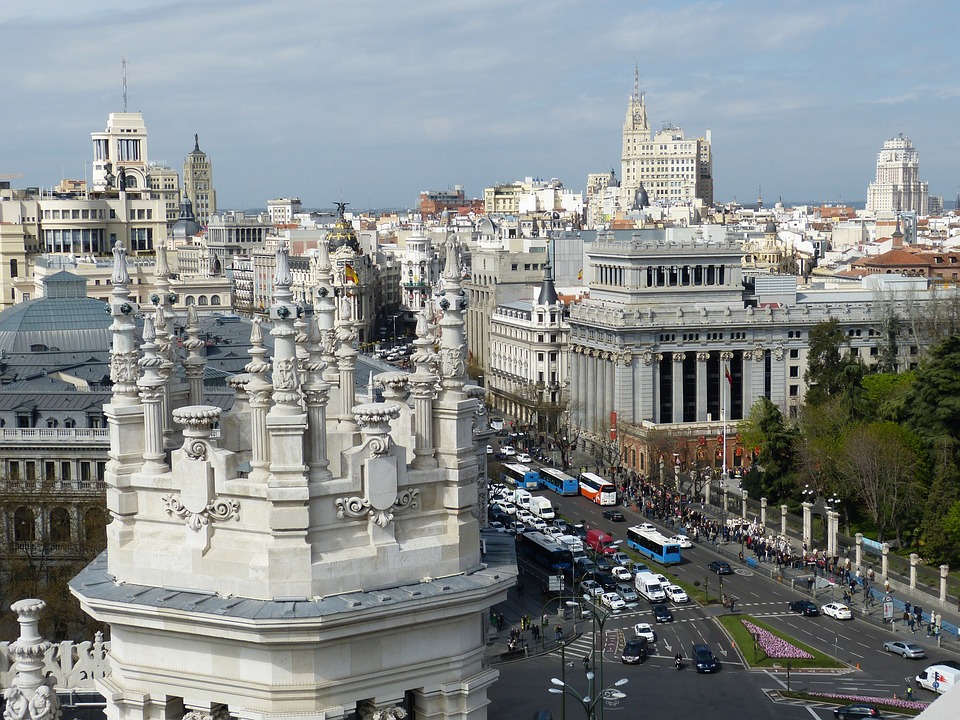Introduction
Seville, the capital of Andalusia in southern Spain, boasts a rich and diverse history that has been shaped by the influence of Muslims, Christians, and Jews throughout the centuries. Each civilization has left a lasting impact on the city’s culture, architecture, and traditions. Let’s delve into the intertwined heritage of these three religious groups and how it has contributed to Seville’s unique identity.
The Influence of Muslims
During the 8th century, Muslims from the Umayyad Caliphate conquered the Iberian Peninsula, including Seville. This marked the beginning of an era known as Al-Andalus, characterized by Islamic rule and a flourishing civilization that valued learning, arts, and sciences. The magnificent Alcazar of Seville, a UNESCO World Heritage Site, showcases the architectural and aesthetic beauty of Islamic influence. The iconic Giralda, the bell tower of the Seville Cathedral, was initially a minaret, standing as a testament to the city’s Islamic past.
Moreover, Seville was a center for trade, education, and intellectual exchange, attracting scholars and thinkers from different parts of the Islamic world. The legacy of this intellectual enlightenment can still be seen in the preserved libraries, schools, and institutions that emerged during this period.
The Influence of Christians
Following the Reconquista, the Christian conquest of the Iberian Peninsula, Seville witnessed a shift in power dynamics. The imposing Seville Cathedral, the largest Gothic cathedral in the world, replaced the former mosque that stood on its site. Its construction began in the 15th century and continued over several centuries, blending Islamic and Christian architectural styles. Inside, visitors can admire the breathtaking altarpiece, the Tomb of Christopher Columbus, and numerous religious artworks.
The Real Alcázar, a royal palace in Seville, also underwent transformations under Christian rule while preserving certain elements of its Moorish origins. The Mudejar architecture, characterized by intricate geometric patterns and ornate accents, exemplifies the blend of Muslim and Christian aesthetics.
The Influence of Jews
Seville was once home to a thriving Jewish community. Jews lived harmoniously alongside Muslims and Christians, contributing to the city’s cultural richness. While many Jewish sites and institutions were destroyed during the Spanish Inquisition and subsequent expulsions, remnants of their presence can still be found today.
The Santa Cruz neighborhood, with its narrow winding streets and whitewashed houses, was once the Jewish quarter. Visitors can explore the Jewish history of Seville by visiting the Casa de la Memoria de Al-Andalus, a cultural center that promotes the cultural heritage of Al-Andalus, including the Jewish contribution. The museum provides insights into the daily life, customs, and traditions of the Jewish community.
FAQs
What is the significance of the Alcazar of Seville?
The Alcazar of Seville is a magnificent palace complex that showcases the architectural and aesthetic beauty of Islamic influence. It is a UNESCO World Heritage Site and reflects the rich history of Seville.
Why is the Seville Cathedral important?
The Seville Cathedral is the largest Gothic cathedral in the world and replaced a former mosque. It represents the influence of Christians in Seville and houses significant religious artworks and the Tomb of Christopher Columbus.
What can you learn about Jewish history in Seville?
Although many Jewish sites were destroyed, remnants of their presence can still be found in Seville. The Santa Cruz neighborhood was once the Jewish quarter, and the Casa de la Memoria de Al-Andalus provides insights into the Jewish community’s customs and traditions.

